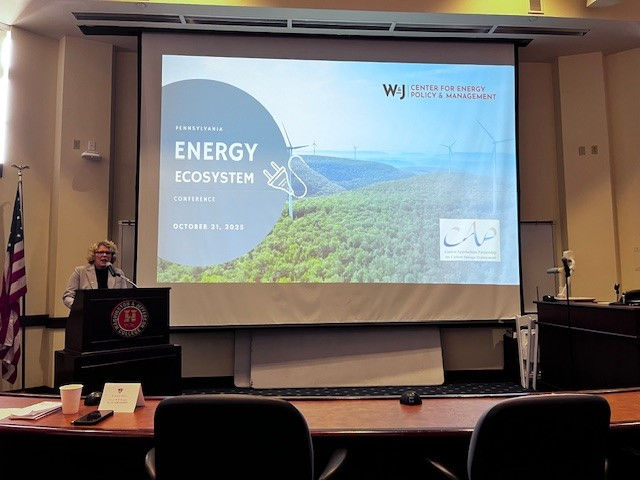Experts Say that Decarbonization Must Begin Now
- Linda Ritzer
- Sep 30, 2021
- 3 min read
The U.S. needs to immediately begin efforts to reduce carbon emissions to stave off the worst effects of global warming, but it will require massive changes in the economy, communities, and government policies. “Decarbonization is not an option, it’s a necessity,” said Dr. Varun Rai, a professor in the LBJ School of Public Affairs at the University of Texas, where he directs the Energy Systems Transformation Research Group and is the director of the university’s Energy Institute. Rai was the speaker at the W&J College Center for Energy Policy and Management’s recent webinar, “Decarbonization: Pathways to a Sustainable Future.” Rai, who is nationally known for his work on the adoption of decarbonization, gave an overview of the climate change problem and offered several paths being considered for the U.S. to become carbon net-zero by 2050, and the trade-offs and challenges that must be overcome. Decarbonization of our energy sources is necessary to drastically reduce the amount of CO2 and other greenhouse gases in the atmosphere that contributes to climate change. The Paris agreement, of which the U.S. is a member, is an international treaty with the goal of limiting global warming to well below 2, preferably to 1.5 degrees Celsius, compared to pre-industrial levels. Rai pointed to the recent Intergovernmental Panel on Climate Change (IPCC) report that found that climate change is occurring rapidly and is being driven by human activities. “It’s pretty stark,” he said. Rai is part of the National Academies of Science Committee on Accelerating Decarbonization in the U.S. Energy System, which recently released its first report. The committee, he noted, has determined that whatever pathway is adopted must ensure a fair and equitable transition with public participation and decision-making. “This can’t be sustained without building that community trust,” he said. He presented five different pathways to net-zero involving different energy sources and noted that in all the scenarios there will be a high need for increased power from solar and wind, and decreased use of fossil fuels – coal, oil, and gas. “Each of these have heterogeneous tradeoffs,” in terms of capital investment in new technology, job losses, workforce development, community impacts, and other areas. “The economy will continue to grow. We will still need energy to operate, but it will be different,” he said. He pointed to several efforts already being undertaken including a rapid increase in the use of electric vehicles. And he noted that “hydrogen can play a large role” as it could be used in a variety of uses, and produces only water vapor as a byproduct. However, its manufacture can include carbon emissions if made from natural gas and would have to be coupled with improved carbon capture and storage (CCS) technology. CCS technology must also be rapidly scaled up as Rai noted that in the future, it will actually be necessary to remove CO2 from the atmosphere, in addition to preventing it from being emitted, to keep climate change in check. Natural gas could also play a continuing role in the future energy mix, but only if producers are very careful about fugitive methane emissions and use CCS. Methane is the chief component of natural gas and has more than 80 times the warming power of carbon dioxide over a 20-year time span. Whatever pathway is chosen, Rai said “a massive change” will be needed involving both positive and negative impacts, but it must be done.



Comments